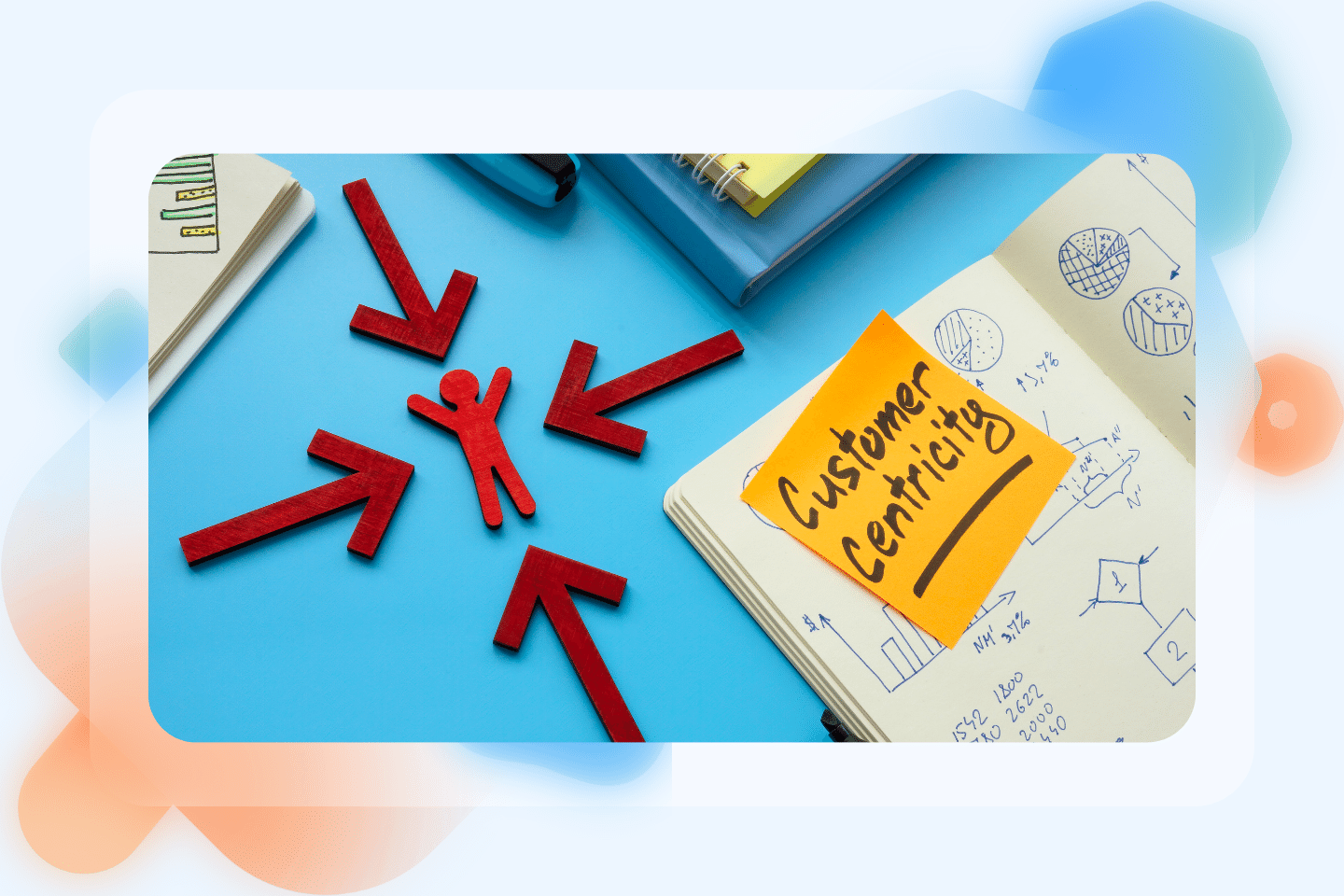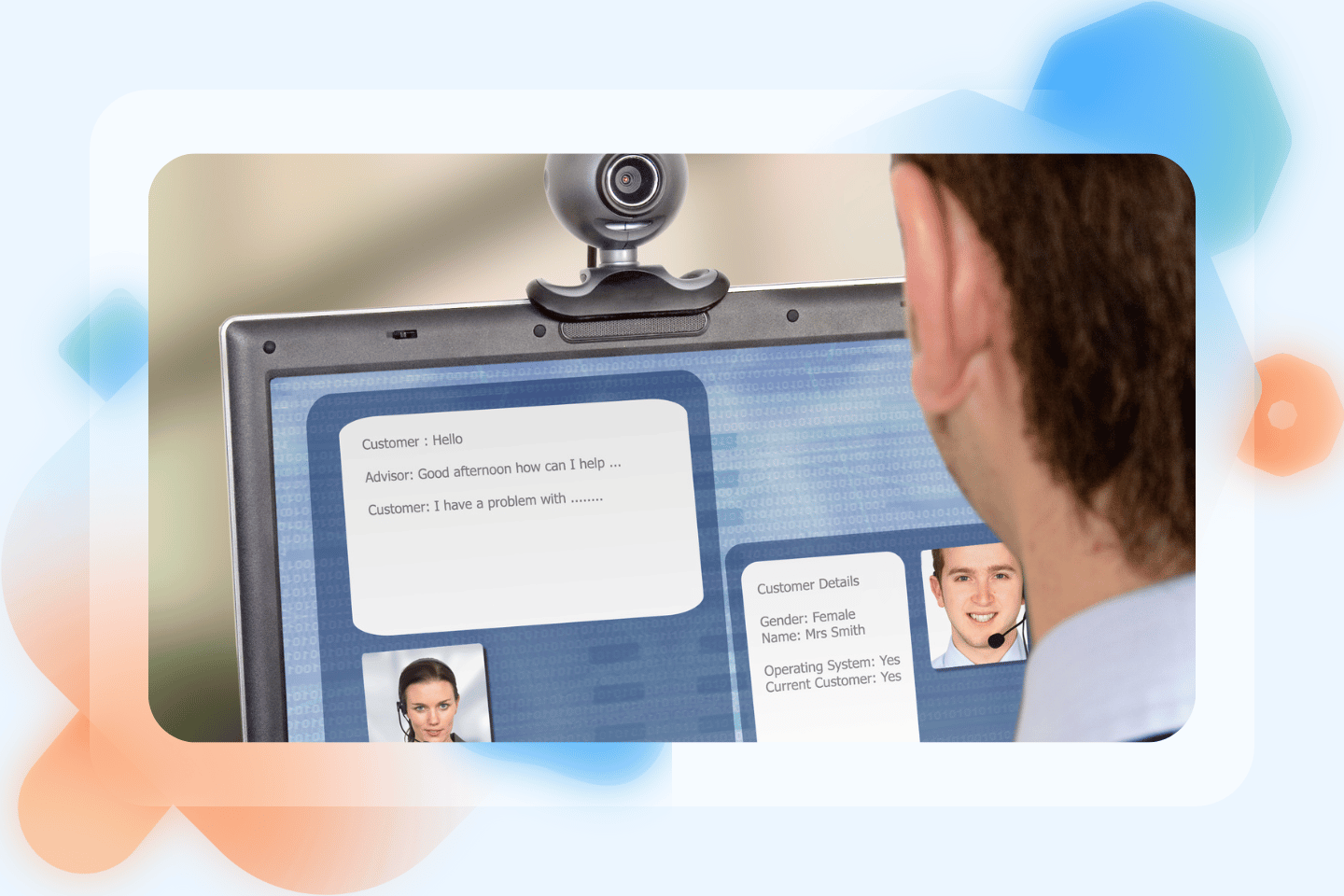In any business, losing customers means losing sales and revenue. But with subscription-based business models (face it!), churn is a constant threat. Retaining 100% of your customers is just impossible. Just look at these different SaaS businesses’ average churn rates:
- For companies under $1 million in annual recurring revenue (ARR), the average is 11%.
- The churn rate for SaaS businesses with $1 million to $10 million ARR averages around 8%.
- Even big SaaS companies with over $100 million in ARR have average churn rates of 4%.
What do these numbers mean?
In a nutshell, the smartest thing a business can do is to proactively engage in its relationship management efforts to minimize churn. This is why having a dedicated SaaS customer success manager is now a core investment. In this guide, we’ll cover why customer success matters in SaaS, crucial strategies and practices for SaaS CSMs, and best practices of successful SaaS customer success managers.
The real deal: why customer success in SaaS matters

In the subscription-based economy, customer retention is the key to profitable growth. Without customers paying a recurring fee, the company’s financial stability is at risk.
It should come as no surprise then that SaaS providers are investing heavily in customer relationship management and success management (CSM). In a study by Gainsight, companies implementing CSM saw significant revenue increases as they drove retention and sales of existing customers.
Here are the reasons behind why customer success in SaaS matters:
Retention is the name of the game
First off, customer success is your golden ticket to customer retention. Guess what? Customers’ retention rates increase by 93% for companies with data-driven customer service programs. The logic behind customer data is simple—when your customers experience success with your product, then they will stay around longer.
Proactive success translates to reduced churn

In SaaS, being proactive is your secret weapon against churn. 92% of surveyed consumers by the Helplama team reacted positively to proactive contact initiated by a company, while 87% believed that the proactive service encouraged them to act. What does this mean? You don’t have to wait until you see an increasing churn rate. Make retention programs a regular part of your business strategy—prevent churn from happening.
Happy customers equal a positive brand reputation
Think about it—when your customers are happy, they give positive word-of-mouth. It comes naturally to them. In SaaS, that’s a gold mine. Over 90% of consumers have confidence in the opinions, suggestions, or endorsements provided by their personal network. This shows the value of recommendations and referrals.
Switching to a competitor is too easy
In SaaS, customers can easily transition to a different provider if they are dissatisfied with their current service. There are no switching barriers, and there are many competitors. SaaS businesses have to continuously satisfy their subscribers and earn their customer loyalty back. With 73% of consumers switching to a competitor after numerous bad experiences, it takes a lot to keep subscribers happy.
What should be in your SaaS Customer Success Manager’s toolkit?

Want a strategic asset built to ensure your customers thrive and succeed? Let’s explore the toolkit of a SaaS customer success manager— from proactive, communication skills and data-driven decision-making to establishing robust onboarding processes and continuous education sharing.
For business owners looking for a top-tier SaaS Customer Success Manager, these are the tell-tale signs to look for:
Proactive communication strategies
Proactive communication is one of the cores of successful customer relationships in SaaS. 87 percent of customers want a company to contact them proactively. This involves anticipating customer needs, reaching out before issues arise, and providing timely updates on new features or enhancements.
How a SaaS customer success manager can implement it:
- Keep your customers in the loop.
- Do regular check-ins with customers to share relevant market insights or product roadmaps.
- Leverage channels like email to stay connected.
Data-driven decision-making
You might be asking: Isn’t the customer success function all about talking to customers—so why is data-driven decision-making part of the toolkit?
Well, a customer success manager in SaaS also analyzes customer behavior, usage patterns, and customer feedback to help forge strategic business decisions. Their job description requires them to identify areas for improvement, track performance, and align strategies with customer needs. These all have to be done on a regular basis and not just one time—after all, customer behavior changes, and you don’t want to miss a significant change.
How a SaaS customer success manager can implement it:
- Analyze and review key performance indicators (KPIs) such as customer satisfaction scores and churn rates.
- Use these insights to make smart choices that enhance the overall customer experience.
Strong onboarding processes
First impressions matter; SaaS onboarding sets the tone for the entire SaaS customer journey. Strengthen your onboarding processes or lose customers—9 out of 10 users abandon apps after their first use if the onboarding process is done poorly.
A SaaS customer success manager must effectively establish strong customer onboarding processes to ensure that customers quickly grasp the value of the product and minimize the risk of customer frustration.
How a SaaS customer success professional can implement it:
- Develop comprehensive onboarding materials, including tutorials, user-friendly onboarding guides, and interactive sessions.
- Remember, onboarding doesn’t end on day one. Offer continuous support during the critical early stages of product use.
- Bonus resource: How to Nail SaaS Client Onboarding Like a Pro for Customer Satisfaction & Growth
Continuous education and resource-sharing
Knowledge is power, and every customer success strategy hinges on that. Continuous education is a crucial factor in keeping customers loyal. In fact, 86% of customers say they would not leave if they were provided with this. Continuous education ensures that customers are aware of new features, best practices, and industry trends. Resource sharing empowers customers to maximize the value of the product over time.
How a SaaS customer success manager can implement it:
- Establish a knowledge-sharing platform or portal where customers can access resources like video training, articles, and user guides.
- If you frequently have advanced features, frequently host training sessions or workshops too.
- Build a community where customers can exchange insights and learn from each other.
Key performance indicators a SaaS customer success manager should track and monitor

So, how does a customer success manager SaaS know if he/she is on the right course? That’s where key performance indicators (KPIs) are handy. Here are the essentials you need to keep an eye on.
- Net promoter score (NPS) – This gauges the likelihood of customers recommending your product to others. It’s a reflection of overall satisfaction and loyalty. It’s simple to track—just ask this question: “On a scale of 1 to 10, how likely are you to recommend our product to a friend or colleague?”
- Customer churn rate – This is the percentage of customers who stop using your product or service over a given period of time. Understanding customer churn helps identify areas for improvement in your customer success strategies.
- Time to Value (TTV) – TTV is the time it takes for customers to perceive the value of your product after the initial onboarding. A lower TTV means that customers experience value quickly and reduces the risk of early dissatisfaction.
- Customer satisfaction score (CSAT) – Customer satisfaction is the very essence of customer success management. CSAT measures how satisfied your customers are with your product or service. Simply conduct customer satisfaction surveys after interactions or specific touchpoints.
- Customer support ticket volume – The volume of support tickets is directly linked to customer satisfaction. A sudden surge may indicate dissatisfaction or confusion among users—there must be a reason why inquiries are suddenly pouring in. Monitoring this KPI helps customer success managers in SaaS gauge the overall satisfaction level and adjust accordingly.
- Customer health score – This is a composite metric. This combines various data points to assess the overall health of a customer account. A declining health score can signal potential issues and prompt proactive intervention.
- Account expansion rate – This involves tracking the additional revenue generated from existing customers through upsells, cross-sells, or feature adoption. A positive account expansion rate indicates that customers are not only renewing their loyalty but also deepening it.
6 tips and tricks to be a successful customer success manager in SaaS

Driving customer retention, adoption, and expansion are all part of the job description. Check out our top tips and tricks for being a standout SaaS customer success manager. Even executives and business owners will benefit from these best practices—a customer success mindset
Tip 1: Master your SaaS
Customer success managers must know your product inside and out. It’s important to have a comprehensive understanding of customer lifecycle, the SaaS product’s features and how they align with customer goals. Also, CSMs must stay informed about industry trends, competitor landscapes, and emerging technologies to strategically guide customers.
Tip 2: Create valuable content assets
The customer success team is not only focused on customer interaction. They must also think outside the box and come up with different strategies on how to continuously satisfy subscribers and increase their customer lifetime value.
Content assets, for example, can help provide value at various stages of a customer’s journey. These assets can include guides, tutorials, and knowledge base articles—all meant to empower customers who need to navigate and maximize the value of your SaaS product independently.
Tip 3: Proactively engage
Proactive engagement is staying one step ahead of customer needs. By anticipating issues or requirements before they arise, CSMs demonstrate commitment to providing a seamless customer relationship experience. The trick is to schedule regular phone calls, emails, or check-ins not just for business updates but to genuinely connect. After all, a personal touch goes a long way in building lasting relationships.
Tip 4: Automate where possible
This tip is about leveraging automation tools and technologies to streamline processes, enhance efficiency, and provide a more seamless experience for both the manager and the customers.
In today’s tech-driven world, it is not difficult to look for new tools that can assist you in meeting your goals. Make the most of it by investing in customer service tools, user onboarding tools, and other software.
Tip 5: Collaborate with other teams
Customer needs are sometimes complex. Collaborating with other teams, such as product development, marketing, account management, and sales, provides valuable cross-functional insights. Also, collaborating helps maintain consistency in customer messaging. This alignment ensures that promises made during the sales process are upheld—preventing potential discrepancies.
Tip 6: Be holistic and understand the user journey
Being holistic means understanding the entirety of the customer’s journey with your SaaS product. This involves not only knowing the features they use but also understanding their goals, pain points, and preferences.
Experience a whole different level of growth with a SaaS customer success manager

Every SaaS customer success manager’s mission is to ensure customer success. With their core objective of retaining accounts and new customers, they ensure that your customers are successful, engaged, and satisfied.
For a comprehensive and effective approach to customer satisfaction and retention in the SaaS industry, consider having customer success management with a dedicated customer success manager or service team.
With LTVplus, you can grow your SaaS business with confidence—knowing that there’s a 100% reliable service team fully knowledgeable of your SaaS product and committed to understanding, guiding, and championing your customers. Book a free consultation and boost the number of your customers’ success stories.




